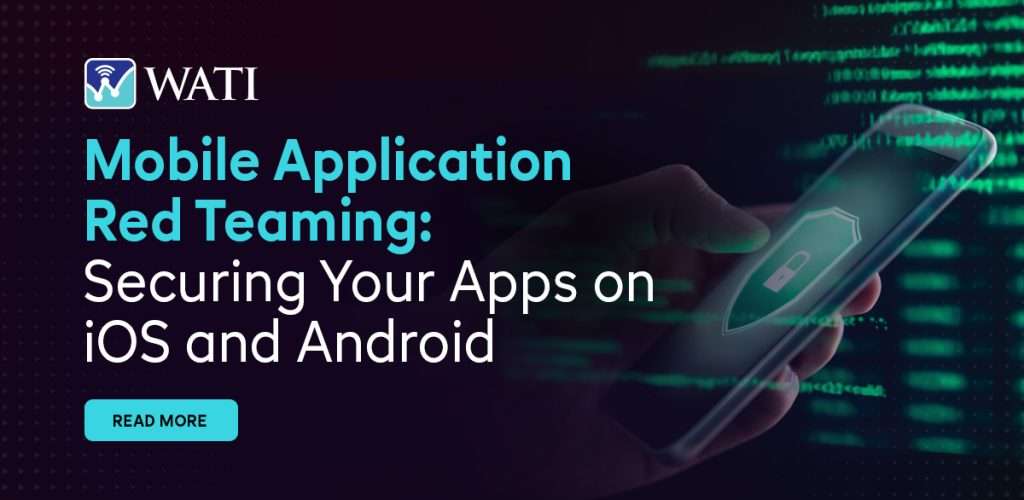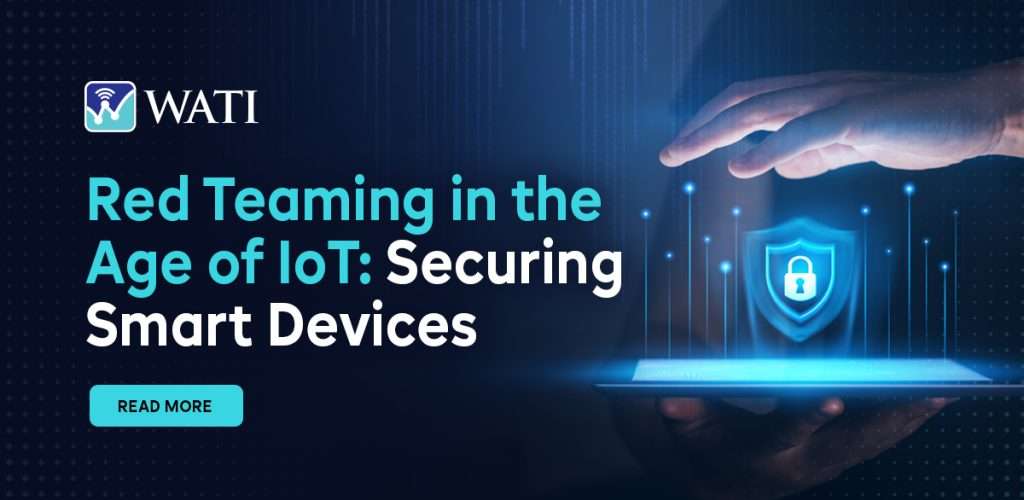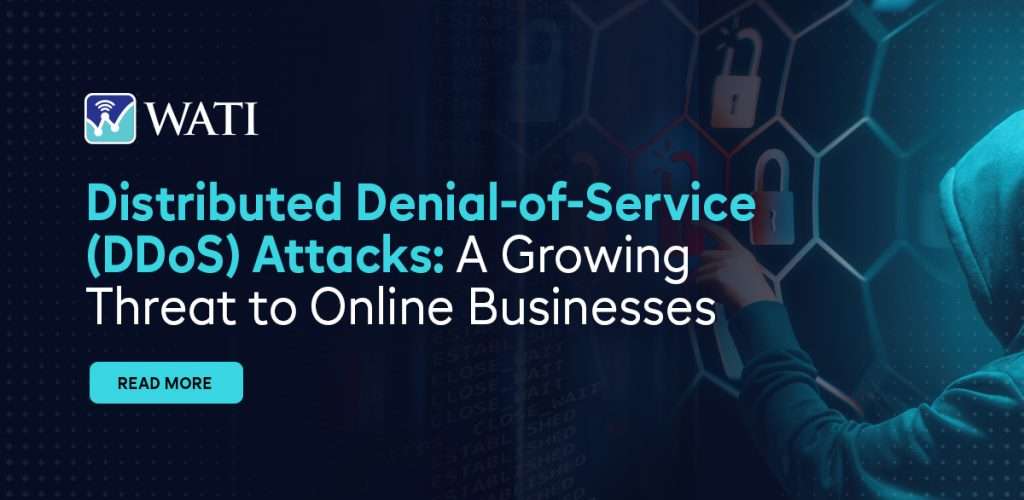When it comes to cyber threats, we often imagine anonymous hackers or sophisticated malware. However, one of the most dangerous risks often comes from those within the organization—its own employees. Whether by accident or intention, insiders with authorized access can cause significant harm to a company’s data and reputation. In fact, insider threats are among the leading causes of data breaches today. Understanding why employees are a top cybersecurity risk and how to prevent insider incidents is crucial for any organization aiming to stay secure.
The Scope of Insider Threats
Insider threats: can be defined as security risks originating from within an organization, often involving individuals with privileged access to sensitive information. These insiders can be current or former employees, contractors, or even business partners who misuse their authorized access for harmful purposes.
According to recent studies, insider threats account for a significant portion of data breaches. The 2023 Verizon Data Breach Investigations Report indicated that 34% of all data breaches involved internal actors. Insider threats not only harm an organization’s reputation but also result in financial losses, legal consequences, and operational disruptions.
Why Are Employees a Top Cybersecurity Risk?
Access to Sensitive Data
Employees, especially those in high-ranking or technical roles, often have access to critical systems and sensitive data. This access, while necessary for their duties, becomes a potential risk if they misuse or fail to protect it.
Human Error
Unintentional errors account for a substantial portion of insider threats. Phishing scams, weak password management, and lack of cybersecurity awareness all contribute to this vulnerability.
Social Engineering Vulnerability
Employees can be susceptible to social engineering attacks, where hackers manipulate them into divulging sensitive information. Tactics like phishing, spear-phishing, and pretexting are designed to exploit trust and authority.
Financial or Personal Motives
Financial pressures, job dissatisfaction, or other personal grievances may lead employees to abuse their access privileges. Some employees may also be influenced by external actors, lured by financial incentives or other benefits to compromise sensitive data.
Lack of Cybersecurity Awareness and Training
Despite increasing cybersecurity investments, many organizations still lag in effective cybersecurity awareness training. Without regular, comprehensive training, employees are left vulnerable to basic security threats, from clicking on malicious links to mishandling confidential data.
Types of Insider Threats
Understanding the types of insider threats is essential for organizations looking to implement effective defense strategies. Generally, insider threats fall into three main categories:
Malicious Insiders
Malicious insiders are employees who intentionally harm their organization. These individuals may seek to steal intellectual property, sabotage systems, or share sensitive data with competitors or other outside entities. Disgruntled employees, opportunistic individuals, or those acting under financial duress are common examples.
Negligent Insiders
Negligent insiders do not intend to harm the organization, but their lack of caution can result in significant risks. For example, an employee who fails to follow proper cybersecurity protocols, accidentally shares confidential files, or uses weak passwords falls under this category.
Compromised Insiders
Compromised insiders are employees whose accounts have been hacked, often without their knowledge. Once attackers gain access, they can manipulate the account to steal data, install malware, or otherwise compromise the organization’s security.
Common Insider Threat Indicators
Recognizing the signs of insider threats early on can make a significant difference. Key indicators include:
Unusual Data Access Patterns: If an employee starts accessing data outside of their normal work hours or frequently accesses sensitive information without cause, this could indicate potential risk.
Use of Unauthorized Devices: Unauthorized USB drives or external devices may point to data exfiltration efforts.
Disregard for Security Policies: Frequent policy violations or reluctance to comply with security measures may signal negligence or malicious intent.
Unexplained Financial Activity: Financially motivated insider threats may exhibit unusual spending or financial activity.
The Financial Impact of Insider Threats
The financial repercussions of insider threats are often substantial. According to the 2023 Cost of Insider Threats Report by Ponemon Institute, the average annual cost of insider threats is approximately $15.4 million per organization. Key costs include:
Data Breach Response Costs: Notifying affected parties, conducting forensic investigations, and repairing damaged systems.
Loss of Business and Customer Trust: Data breaches, especially involving sensitive customer data, can erode trust, impacting customer retention and business revenue.
Legal and Compliance Fines: Regulatory fines from data protection laws, such as GDPR and HIPAA, can be severe for organizations failing to protect personal data.
Strategies to Mitigate Insider Threats
Mitigating insider threats requires a balanced approach of technical solutions and employee-focused policies. Below are effective strategies to reduce these risks:
Implement Access Controls
Access control systems, such as Role-Based Access Control (RBAC) and Principle of Least Privilege (PoLP), limit employees’ access to only the information they need to perform their duties. This reduces the risk of unnecessary exposure and minimizes the impact if an account is compromised.
Conduct Regular Cybersecurity Training
Effective cybersecurity awareness training is one of the best defenses against insider threats. Training should cover social engineering tactics, phishing awareness, password hygiene, and how to recognize suspicious behavior.
Use Multi-Factor Authentication (MFA)
Implementing MFA across all applications and systems adds an extra layer of security. Even if a password is compromised, MFA can prevent unauthorized access by requiring a second form of authentication.
Deploy User and Entity Behavior Analytics (UEBA)
UEBA solutions use machine learning to monitor user behavior, flagging unusual activities that may indicate an insider threat. For instance, if an employee suddenly downloads a large amount of data or accesses files they don’t typically use, UEBA can alert security teams to investigate.
Establish Data Loss Prevention (DLP) Policies
DLP tools are essential for monitoring and controlling the flow of data within an organization. By setting policies that prevent unauthorized sharing or downloading of sensitive data, DLP can help curb both accidental and intentional data leaks.
Monitor and Log Activities
Continuous monitoring of employee activity, especially privileged accounts, can provide critical insights into potential insider threats. Maintaining detailed logs also helps in forensic investigations if a breach occurs.
Create a Culture of Cybersecurity Awareness
Building a culture where cybersecurity is prioritized at all levels can reduce negligence and encourage vigilance. Encourage employees to report suspicious activity, reward secure behaviors, and actively involve them in security initiatives.
Terminate Access Immediately for Departing Employees
When employees leave the company, it’s essential to immediately revoke their access to all company systems. Delays in account deactivation can leave organizations vulnerable to ex-employees accessing sensitive information.
Conclusion
Employees will continue to be a top cybersecurity risk due to their access and familiarity with critical systems and data. Insider threats, whether from negligence or malicious intent, require a proactive and multi-layered approach to security. By implementing access controls, fostering a culture of cybersecurity awareness, using advanced analytics, and regularly monitoring user activity, organizations can mitigate insider threats and reduce the chances of costly data breaches.
Cybersecurity is a shared responsibility, and employees play a central role in protecting sensitive information. Ensuring that they are educated, empowered, and equipped to recognize and prevent threats can transform a potential vulnerability into a powerful line of defense.



